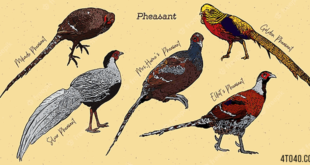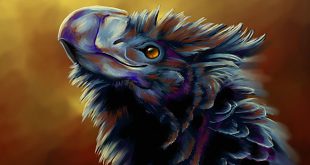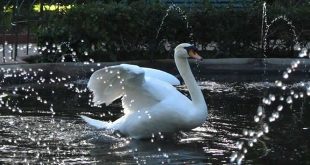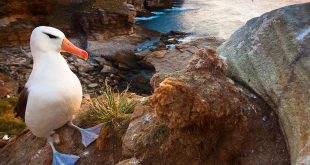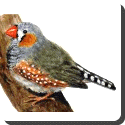 Finch — The true finches are passerine birds in the family Fringillidae. They are predominantly seed-eating songbirds. Most are native to the Northern Hemisphere, but one subfamily is endemic to the Neotropics, one to the Hawaiian Islands, and one subfamily – monotypic at genus level – is found only in the Palaearctic. The scientific name Fringillidae comes from the Latin word fringilla for the Chaffinch (Fringilla coelebs) – a member of that last subfamily – which is common in Europe.
Finch — The true finches are passerine birds in the family Fringillidae. They are predominantly seed-eating songbirds. Most are native to the Northern Hemisphere, but one subfamily is endemic to the Neotropics, one to the Hawaiian Islands, and one subfamily – monotypic at genus level – is found only in the Palaearctic. The scientific name Fringillidae comes from the Latin word fringilla for the Chaffinch (Fringilla coelebs) – a member of that last subfamily – which is common in Europe.
Many birds in other families are also commonly called “finches”, including some species in the very similar-looking waxbills or estrildid finches (family Passeridae, subfamily Estrildinae) of the Old World tropics and Australia; several groups of the bunting and American sparrow family (Emberizidae); and Darwin’s finches of the Galapagos islands, which provided evidence of natural selection and are now recognized to be peculiar tanagers (Thraupidae).
Some species are being imported or smuggled into other countries and sold as exotic pets.
The “classical” true finches range in size from the Andean Siskin (Carduelis spinescens) at 9.5 cm (3.8 in) and 8.4 g (0.3 oz) to the Collared Grosbeak (Mycerobas affinis) with its nearly 23 cm (9 in) and 80 g (3 oz). They typically have strong, stubby beaks, which in some species can be quite large; however, Hawaiian honeycreepers are famous for the wide range of bill shapes and sizes brought about by adaptive radiation. All true finches have 12 remiges and 9 primary rectrices. The basic plumage colour is brownish, sometimes greenish; many have considerable amounts of black, while white plumage is generally absent except as wing-bars or other signalling marks. Bright yellow and red carotenoid pigments are commonplace in this family, and thus blue structural colours are rather rare, as the yellow pigments turn the blue color into green. Many, but by no means all true finches have strong sexual dichromatism, the females typically lacking the bright carotenoid markings of males.
Finches are typically inhabitants of well-wooded areas, but some can be found on mountains or even in deserts. They are primarily granivorous, but euphoniines include considerable amounts of arthropods and berries in their diet, and Hawaiian honeycreepers evolved to utilize a wide range of food sources, including nectar. The diet of Fringillidae nestlings includes a varying amount of small arthropods. True finches have a bouncing flight like most small passerines, alternating bouts of flapping with gliding on closed wings. Most sing well and several are commonly seen cagebirds; foremost among these is the domesticated Canary (Serinus canaria domestica). The natural songs of bullfinches are plain and short, but the birds are known to learn songs that are whistled to them. Bullfinches sing the learned songs with precision though always a semitone higher than the melody originally whistled to them (Tim Birkhead, author of “The Wisdom of Birds”). The nests are basket-shaped and usually built in trees, more rarely in bushes, between rocks or on similar substrate.
 Kids Portal For Parents India Kids Network
Kids Portal For Parents India Kids Network

